How to Strip Paint Off Wood Naturally and Effectively

By Brooke Ressell
Stripping paint off wood is often the first step in completing many of the DIY projects around the house. From refurbishing an old piece of furniture to updating trim and doors, nothing feels more rewarding than breathing new life into something you’ve truly come to love. Sometimes wear and tear needs to be remedied, while other times, you’re just plain sick of the way something looks and are ready for change.
Fortunately, by stripping old paint off wood, you can repurpose nearly anything in your home or change the look of items you picked up at a garage sale. Let your creativity flow and you’ll be impressed by just how great your next DIY project turns out.
To make it easy for you, we’ll show you exactly what to look for before you get started, how to strip paint off wood naturally and with chemicals, and we’ll even share our tips and hacks for tackling the most difficult cases.
Photo via Simple Nature Decor
How to Assess Wood Before Stripping Paint
Just like any other DIY project, there are several things you want to watch for before you start stripping paint off wood:
Wood Condition
The first important step is to assess the condition of the wood. Whether you plan to make over a dresser, go back to the original stain on wood beams, or repaint old windows, you want to make sure the wood underneath is actually nice enough to restore.
Find a small, out-of-the-way spot on the wood item you want to strip of paint and do a test patch. Was the wood originally varnished or painted? Would it look nice if you used a clear coat or light stain? Are there noticeable gouges, scratches, or patches that would need to be fixed first? Ask yourself these questions and give them some thought before you jump into a project with both feet.
Paint Type
If you’re working with wood that was painted during or before the 1970s, the paint may contain lead. Removing it without the proper precautions could lead to health consequences for both you and your family.
To be safe, purchase a lead swab test kit—like this one from 3M—and test it before removing layers of paint from wood. If it comes back positive for lead, refer to the Environmental Protection Agency’s website for more information on how to remove the old paint safely and avoid putting your health at risk.
Hardware
When you’re looking for advice on how to strip paint from wood furniture, you’ll want to take its hardware into account first. Is it easy to remove? Or should you just tape over it? Removing it will make it easier to strip old layers of paint and repaint the wood without worrying about damaging the hardware or getting paint on it.
You’ll also want to decide if you’re going to keep the original hardware or switch to new, more modern hardware. If that’s the case, you’ll want to determine if the new hardware has the same spread (distance between screw holes) as the original hardware or if you’ll have to patch the old holes, sand it down, and redrill new holes. You can do this after stripping old paint off the furniture but before you put the new layer of paint or stain on the furniture. Check out our tips for restoring old hardware here.
Photo via Donna | Do Dodson Designs
How to Strip Paint Off Wood Naturally
If you’re asking yourself how to take off paint on wood in the easiest way possible, rest assured we’ll show several methods—both naturally and with chemicals—so you can decide which one works best for your particular DIY project. We’ll start with natural ways to strip paint off wood.
Sanding
The best method to strip paint off wood naturally is to sand it down. For this, you’ll need a little more sanding power than your hands—a disc sander works best here because they can get corners that larger belt sanders can’t.
Tools and Materials Needed:
- Plastic sheeting (optional)
- Tools to remove hardware
- Towel
- Mask
- Safety glasses
- Power sander
- 80-grit, 150-grit, and 220-grit sanding discs
- Towel
- Tack cloth
Step 1: Set Up
Sanding inside your home can be a very messy job. Set up a workstation outside, if possible, with all of your tools and materials before you begin. If the wood you’re working with cannot be set up outside, simply cover doorways and vents with plastic first.
Step 2: Remove Hardware
Remove hardware before you begin sanding. Make sure to also look for any random nails, screws, or staples stuck in the wood and remove those, too.
Step 3: Put Mask and Safety Glasses On
Sanding causes tons of tiny particles to drift up into the air. To protect your lungs and your eyes, put a mask and safety glasses on first. Just be sure that the type of mask you wear is rated to filter out any dust-sized particles.
Step 4: Sand
Turn your power sander on and sand with the grain of the wood. You also want to take extra care near any edges and grooves in the wood as power sanders can damage the wood if you’re not careful.
When it comes to sanding paint off wood, you’ll want to start with coarse 80-grit sandpaper first then move up to medium 150-grit sandpaper. Lastly, finish off with fine 220-grit sandpaper.
Step 5: Wipe Wood Off
Wipe all of the remaining dust off of the wood with a slightly damp towel and collect remaining dust particles by wiping with a tack cloth.
Photo via Mandi Gubler
Heat Gun
You can also strip paint off wood with a heat gun. Heat guns are devices that emit a stream of extremely hot air to a surface and work to strip paint off wood by melting paint enough so that it can be scraped off the piece of furniture.
Take extreme caution when using a heat gun; keep a fire extinguisher nearby just in case—it’s better to be safe than sorry!
Tools and Materials Needed:
- Heat gun
- Tools to remove hardware
- Heat-resistant gloves
- Mask
- Safety glasses
- Long sleeves, pants, and appropriate shoes
- Fire extinguisher
- Putty knife
Step 1: Set Up
Working with a heat gun to remove paint from wood can be dangerous (depending on the model, they can heat up to 1400 degrees F), so only use a heat gun when you can set up a workstation outside first.
Step 2: Remove Hardware
Remove all hardware, nails, screws, or staples from the wood before stripping the paint.
Step 3: Suit Up
Before you begin working with a heat gun, dress in long sleeves, pants, and shoes or boots that cover your feet. Then, put on heat-resistant gloves, a mask, and safety glasses.
Step 4: Use the Heat Gun
If your heat gun is corded, plug it in, and if it’s cordless, put the battery pack into the tool. Next, heat the wood at roughly 500-600 degrees F and at a 45-degree angle, making sure to move the heat gun around frequently so that it never stays in one place too long. This will minimize your risk of damaging the wood or setting it on fire.
You’ll know the heat gun is on the right setting and working well when the paint starts bubbling up from the wood.
Step 5: Scrape
As soon as the paint starts bubbling, scrape all of the paint off with a putty knife until no paint remains. For more advice on using a heat gun, click here.
Safe Stripper
A third option for stripping old paint off wood is to use a safe stripper. Safe strippers are made of natural ingredients, are environmentally friendly, and don’t contain any toxic chemicals that can be harmful to your health. Learn more about using a soy gel stripper here.
Tools and Materials Needed:
- Tools to remove hardware
- Mask
- Chemical-resistant gloves
- Safety glasses
- Safe stripper such as Blue Bear Soy Gel Paint and Urethane Remover or Citristrip Paint and Varnish Stripping Gel
- Paintbrush
- Putty knife
- Towel
Step 1: Set Up
Set up a workstation either inside or outside with all of the tools and materials you need.
Step 2: Remove Hardware
Remove anything that is attached to the wood you’ll be working with, including hardware, nails, screws, and staples.
Step 3: Put Mask, Safety Glasses, and Gloves On
Even though safe strippers are non-toxic, it’s always best to protect your eyes, nose, mouth, and skin when completing any DIY project.
Step 4: Use Safe Stripper
Read and follow the directions on the label carefully. For most safe stripper products, you’ll want to shake it first, paint a thick coat of safe stripper on the wood, let it soak in for thirty minutes to an hour, and then scrape it away with a putty knife.
Step 5: Wipe the Wood
Once all of the paint has been scraped off, wipe the wood down with a slightly damp towel to remove any remaining stripping agent.
Photo via 2 Little Superheroes
How to Strip Paint Off Wood with Chemicals
Of course, there are also plenty of products on the market for stripping paint off wood with chemicals if you’re in need of a shortcut.
Just keep in mind that chemical-based paint removers are full of toxic ingredients that can be harmful to your health, so you want to cover your skin, eyes, nose, and mouth before working with any of these products.
Once you’ve set up a workstation in a well-ventilated area—preferably outside—follow the directions on the label carefully. For most chemical-based paint stripping products, you’ll shake the bottle first, paint the stripper onto the wood, let it sit for up to an hour, then scrape the paint and stripper off with a putty knife.
Tips and Hacks for Difficult Cases
Naturally, some DIY projects are going to be easier than others. Here are five pieces of advice for working on more difficult paint removal projects:
- Always check the condition of the wood before committing to a huge project. It would be a shame to spend time, energy, and money only to find out the wood is damaged beyond repair underneath all those layers of paint or you simply don’t like the wood like you thought you would.
- Whenever possible, set up a workstation outdoors or seal off the room you’re working in. The harder it is to remove old layers of paint, the more dust you’ll release in the air or the more chemical fumes you’ll have to deal with.
- Do a test spot on the wood before committing to one paint removal process. If you find that one of the paint removal techniques doesn’t work well, move on to another technique until you find one that does.
- Even if you use any of the techniques that include scraping—such as the heat gun or safe stripper methods—you may have certain areas that need a good sanding afterward so have sandpaper available.
- Consider hiring the job out. Sometimes the time, effort, and messy work just aren’t worth it. If the project is too big or too time-consuming for you to handle alone, hire someone else to do it for you.
Have you tried to strip paint off wood? Did you do it naturally? Share your tips below—we’d love to hear them!




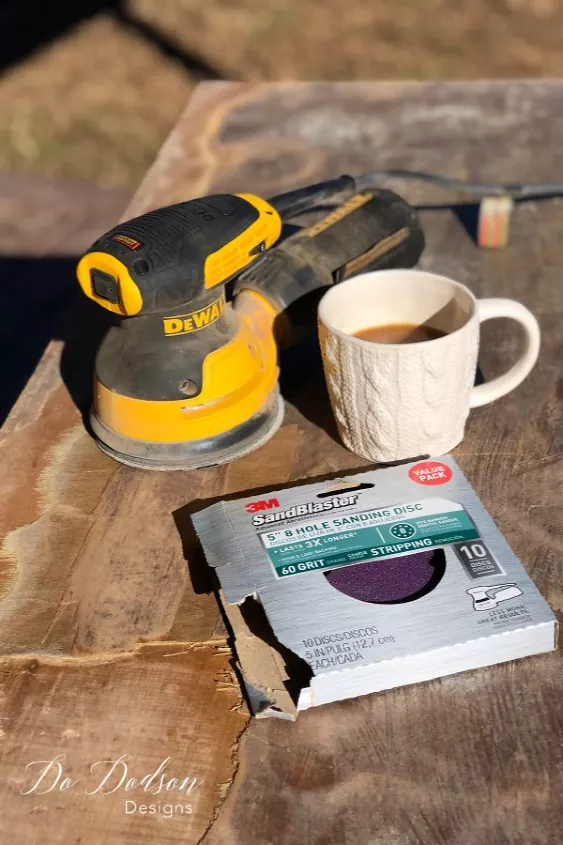


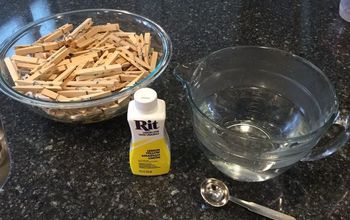
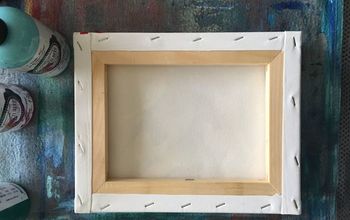









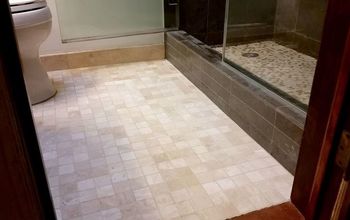


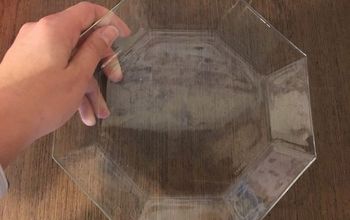
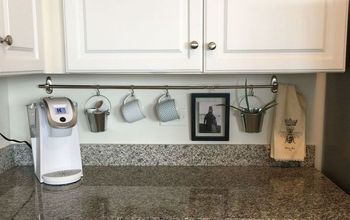



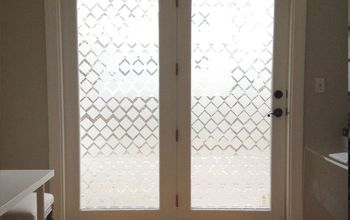



Frequently asked questions
Have a question about this project?
How do i strip wood furniture with oven cleaner